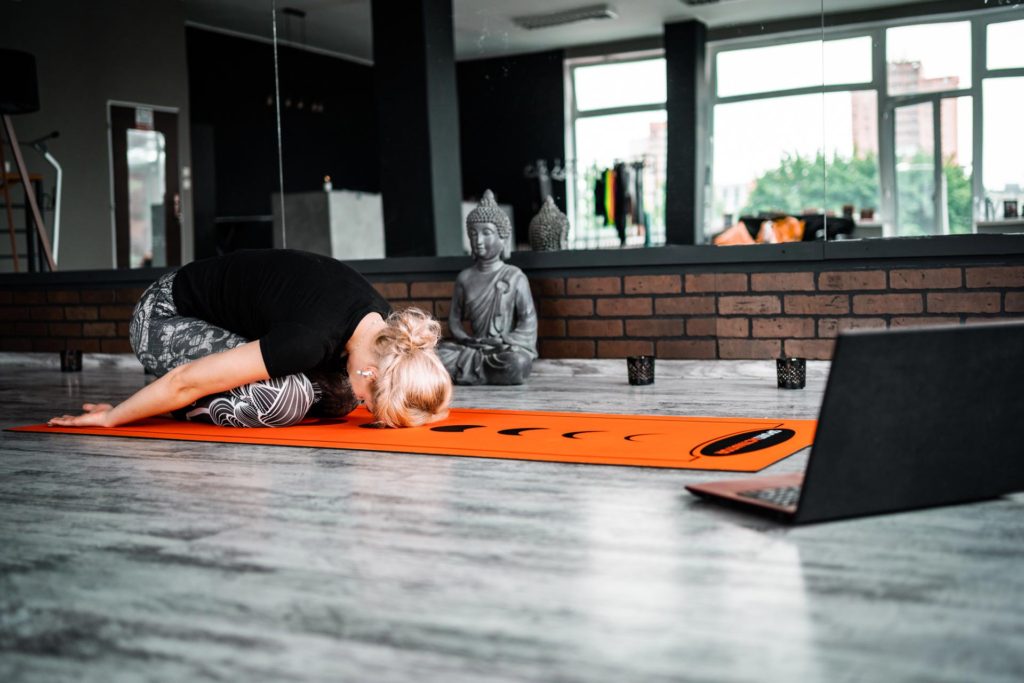Sadly, back problems plague many people today, especially older individuals. Stresses, improper movement patterns, and anatomical differences contribute and can often result in aches.
And while back pain is sometimes difficult to diagnose, there are certain things you can start doing to fix back problems online.
Of course, you still might have to seek out professional help. But the tactics we’ve shared are simple, don’t take much effort, and don’t endanger you in any way, shape, or form.
Without further ado, let’s dive in.
But First: A Disclaimer
While we strive to deliver the most accurate information to help you, we recognize that some instances are more difficult to resolve.
The tactics below are fantastic and should help improve your back problems, but nothing substitutes for professional guidance. We recommend trying the tactics below, but also realize your case might be a bit more unique.
If you find that back problems persist even after a few weeks, it might be a good idea to seek medical help.
With that out of the way, let’s dive into the meat and potatoes of the post.
How to Fix Back Problems Online: Three Actionable Ideas
1. Strengthen Your Core Musculature
The core refers to the collection of muscle groups in the middle of your body. This involves the well-known abs but also includes your obliques, transverse abdominis, diaphragm, lower back, and glutes.
Strengthening all of these muscle groups allows your spine to align better and remain healthy throughout various activities and everyday life. For instance, a strong core promotes superior pelvic alignment, which directly impacts your spine’s position. A strong core also allows you to remain stable and more balanced, especially in more vigorous activities, thus preventing acute injuries related to the back.
Fantastic exercise for core development include:
- Glute bridges
- Hanging and lying leg raises
- Planks
- Vacuums
- Bird dog
- Mountain climbers
Working with an online fitness coach can help you master each of these at home.
2. Improve Your Work Posture
If you’re like most people, there is a decent chance that you spend a lot of time each day in a seated position. Plus, with the coronavirus pandemic, many people stay at home a lot, creating more opportunities to have poor posture.
The problem is, slouching forward for hours on end can lead to all sorts of back issues. First, this posture tightens your muscles, making them more likely to spasm and lead to pain. Second, sedentary living leads to muscle weakness, which further exacerbates posture issues. Third, poor posture reinforces bad movement patterns, which often magnify back problems.
So, one of the best things you can do, especially if you have a desk job, is to reinforce good work posture. Keep your shoulders back, have your spine remain neutral, and make sure your neck aligns with your torso. Having your monitor at eye level is also beneficial for reinforcing good posture and keeping your eyes from getting too tired.
3. Do Mobility and Flexibility Work
Mobility refers to the ability to move your body freely through various ranges of motion and being able to produce force. Good mobility precedes safe and effective training.
Flexibility is simpler: It refers to your muscles’ ability to lengthen passively. Flexibility is a component of mobility, but it alone does not determine it.
Regular flexibility and mobility work are essential for allowing you to train safely and effectively. They will enable you to safely move your body through various ranges of motion without ever putting your joints and tissues in a compromised position.
Good mobility and flexibility – especially in the lower body and hip area – also allow you to do everyday activities properly and keep your spine in a healthy position at all times. This prevents undue stress from building up and causing aches and chronic issues.
Fantastic activities you should start doing include:
- Hamstring stretches
- Glute stretches (such as the pigeon pose)
- Hip flexor stretches
- Adductor and hip mobility (such as deep squat holds)
- Hip mobilization work (such as leg swings; back and forth, and side to side)




